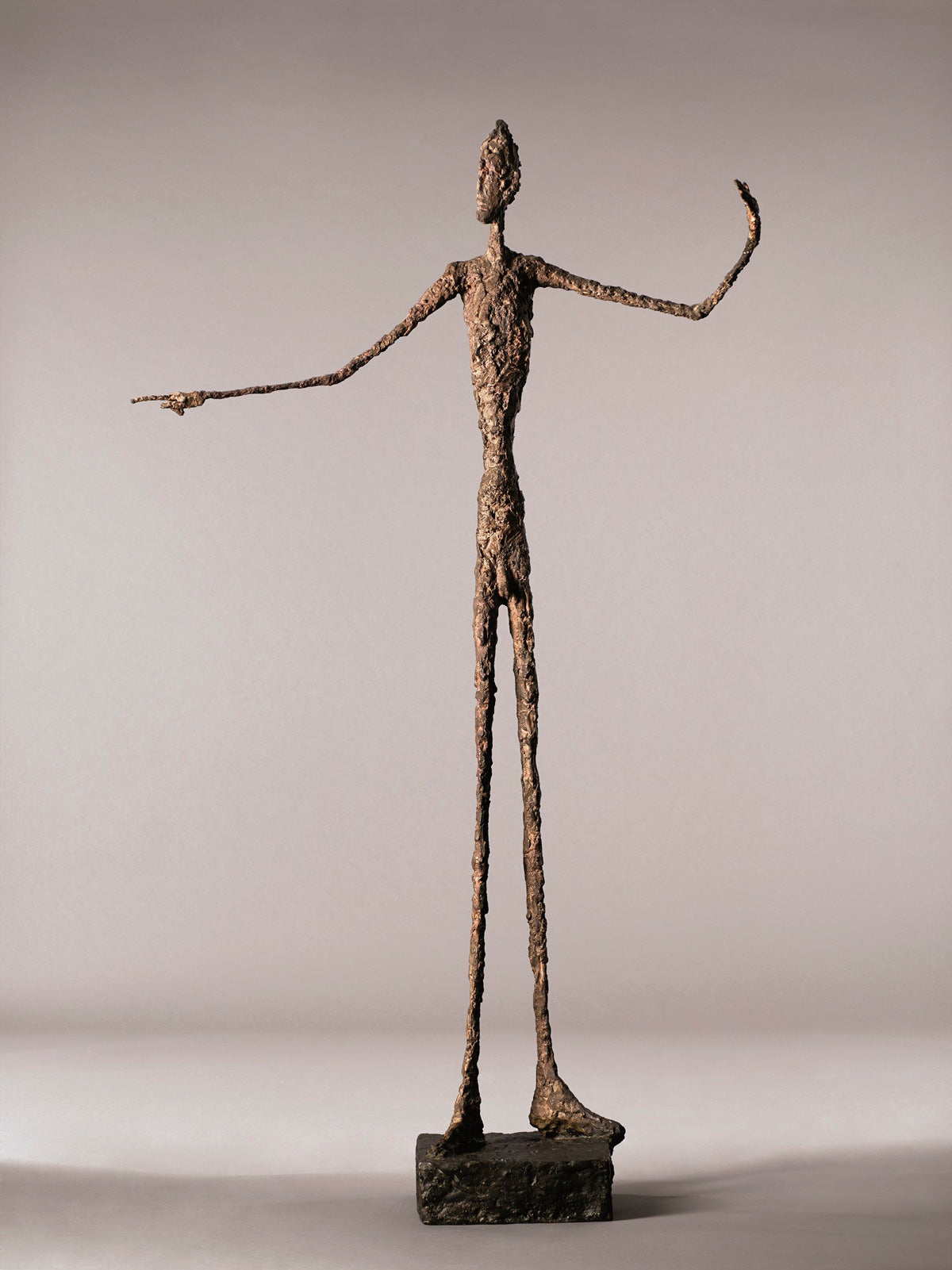Fundación Mapfre presents an exhibition by Catherine Chevillot, Catherine Grenier, and Hugo Daniel featuring almost 200 works by Auguste Rodin and Alberto Giacometti. The showing offers a retrospective of both artists’ careers; the former set in the world before the Big War, while the latter shows a reality between wars and the immediate moment after Second World War. A look on how the creators found, in their respective era, ways to approach a new personal vision attached to it.
Despite the generational gap, the creative careers of both Rodin and Giacometti offer similarities and differences, revealed for the first time with this joint exhibition at the Foundation’s Recoletos Hall. The use of matter and the stress on modeling, the concern for the pedestal, and the taste for fragments or deformation are just some of the aspects joining their paths, but the dialogue between them goes much further.
Auguste Rodin was born in Paris, France in 1840 and is considered to be father of modern sculpture. His art conception opened the way to a new stage in the sculpture field, breaking the “selective and palpable imitation of nature” canon, which characterized France during the 19th century. When the artist died in 1917, the concept of sculpture was seen as “something that imitates life through the amplification and exaggeration of the whole”. Giacometti was born in Borgonovo, Switzerland. (1901). The sculptor and painter never met Rodin, but was a great admirer of his work from an early age. The Swiss man went through many stages along his career, he traveled across Neo-cubism and Surrealism, which took him away from the figurative; Giacometti found Rodin when he focused on the human body.
The Parisian had a great capacity to reflect (first, through the expressiveness of the face and gesture, focusing on the essential as years went by) the universal concepts of anguish, pain, restlessness, fear, and anger. This feature can also be appreciated in Giacometti’s post Second World War work; motionless elongated and fragile shapes, which Jean Genet (French playwright and poet 1910-1986) called “guardians of the dead” and which discard all complexity from human existence. When Giacometti arrived in Paris in 1922, Rodin had been dead for five years. However, the dialogue between both works can be seen in their artistic careers, showing many common points and, as it was expected, some differences. In this presentation, the trail of both men can be appreciated, their way of perceiving art, and those points that unite them despite their time difference.


